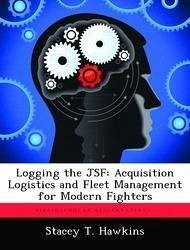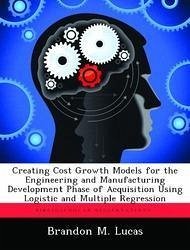
Logging the JSF: Acquisition Logistics and Fleet Management for Modern Fighters
Versandkostenfrei!
Versandfertig in über 4 Wochen
52,99 €
inkl. MwSt.

PAYBACK Punkte
26 °P sammeln!
Within the US Air Force, acquisition, operations, and logistics communities collectively face a perplexing question: What is the best way to plan the acquisition and life-cycle sustainment of a fighter aircraft fleet? To find the answer to this question the following thesis attempts to derive lessons learned from case study analysis to develop a new methodology for future use. Aircraft fleet size, in an acquisition program, is determined by assessing the capabilities necessary to meet current and future operational readiness demands. Aircraft sustainment, although equally important, is typical...
Within the US Air Force, acquisition, operations, and logistics communities collectively face a perplexing question: What is the best way to plan the acquisition and life-cycle sustainment of a fighter aircraft fleet? To find the answer to this question the following thesis attempts to derive lessons learned from case study analysis to develop a new methodology for future use. Aircraft fleet size, in an acquisition program, is determined by assessing the capabilities necessary to meet current and future operational readiness demands. Aircraft sustainment, although equally important, is typically not considered during early procurement planning due to the difficulty in forecasting the sustainment infrastructure necessary to mitigate effects caused by aging and changing operational requirements. At best a nebulous endeavor, sustainment forecasting is affected by the myriad of dynamic organizational, technological, and budgetary influences caused by rigid DoD acquisition processes and inflexible Congressional appropriations cycles.












